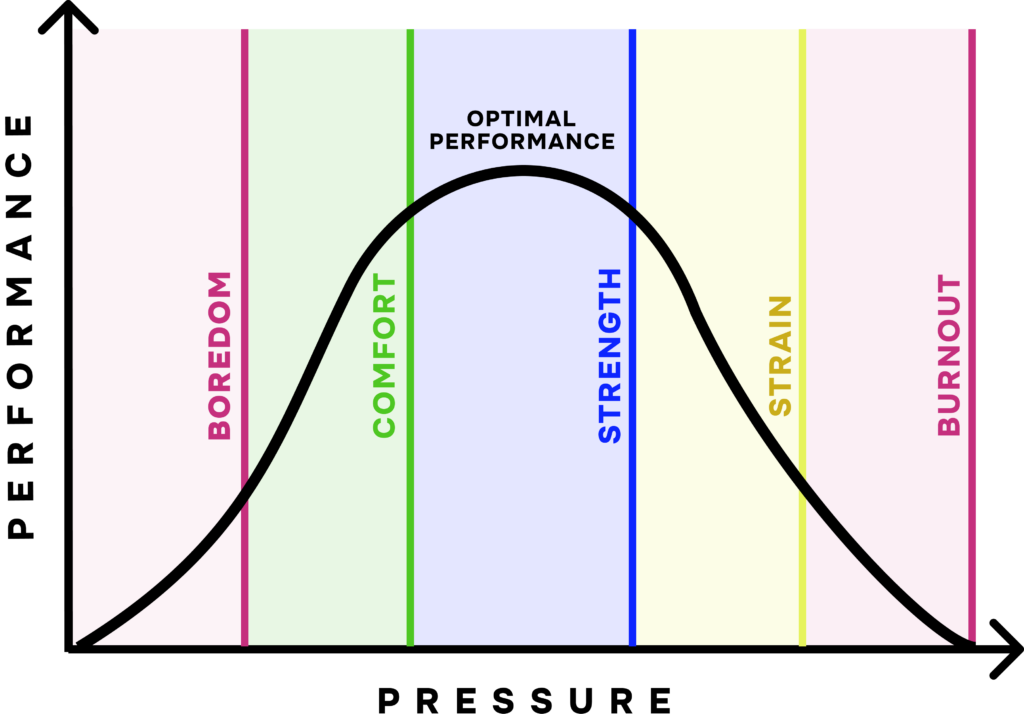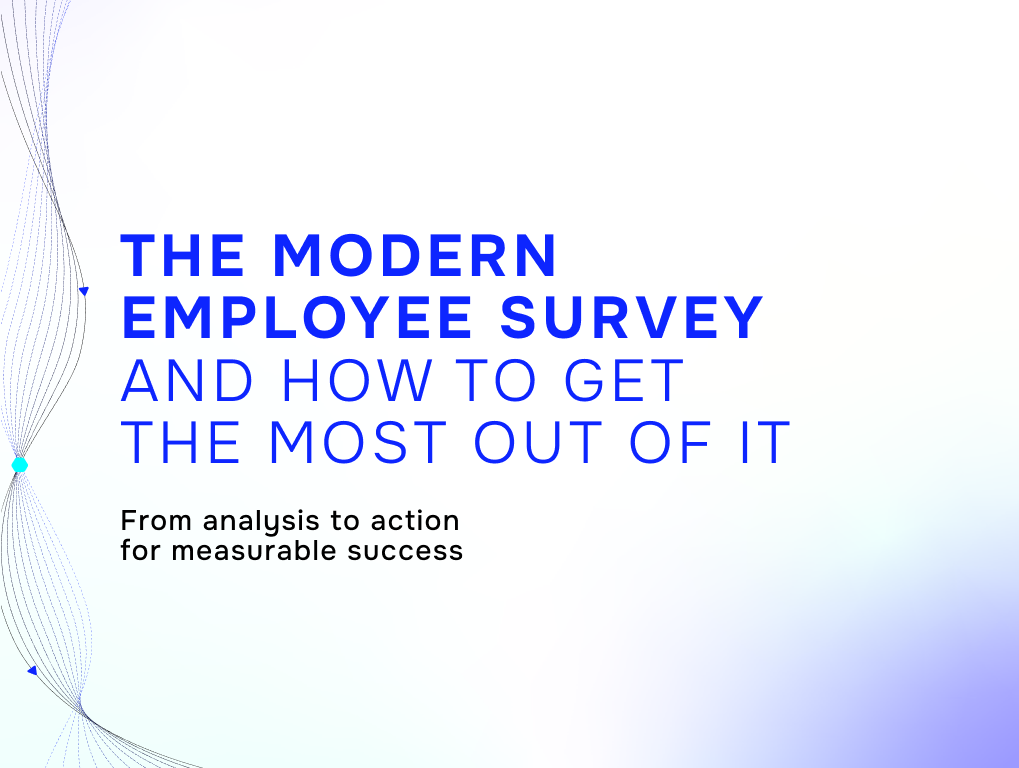Workplace stress has become one of the biggest challenges for companies today. In one study done by Deloitte, 91% employees reported that severe stress significantly impacts their work quality. The consequences of workplace stress are far-reaching, ranging from decreased productivity to strained corporate culture.
It is also noted that companies that actively invest in stress management initiatives not only enhance the well-being of their employees, but also strengthen their competitiveness and secure long-term success. The negative impact of stress is far-reaching, as it does not just affect individuals, but also impacts the entire workplace environment.
Case Study: Considering the impact of stress, the Cleveland Clinic in Toronto introduced a wellness platform offering stress management workshops, fitness challenges, and mental health resources to its employees. This initiative showed promising results, where it increased employee satisfaction by 15% and a noticeable reduction in healthcare costs as well.
According to a research conducted by Gallup, employees who are actively engaged report significantly less stress than their less-engaged counterparts.
The Gallup Study (2022) found that only 30% of engaged employees experience stress, compared to 41% of less-engaged employees and 56% of actively disengaged employees. These findings highlight the importance of engagement in reducing workplace stress.
As an HR manager, you have the opportunity to implement impactful measures to create a work environment that manages stress effectively and proactively mitigates stressors. Targeted stress management can significantly improve employee satisfaction and productivity. Learn more in our article, “Stress Management as a Lever for Productivity.”
The key here lies in a data-driven and strategic approach. Discover in this guide how to effectively establish stress management in your company.
Stress Management Starts with Company Culture
The following diagram illustrates that optimal performance arises from a balance between under-activation and over-activation. Stress management, therefore, begins not with isolated measures but with company culture.

Step 1: Recognize That Stress Is Not a Success Indicator
The first step: Understand that stress is not a sign of success. According to the Yerkes-Dodson Law, every individual requires a different level of stress to perform optimally. For HR and leaders, this means finding the right balance between overloading and underloading is crucial to fostering both performance and well-being within the team.
Show commitment through clear communication and consistent actions:
- Raise Awareness
Integrate stress management seminars and workshops as part of onboarding and ongoing training. Let employees know that seeking help and discussing challenges is not a weakness but a strength. - Lead by Example
Leaders also play a crucial role in mitigating workplace stress. When leaders consciously avoid overtime, set clear structures in meetings, and establish realistic goals, they set a positive example and foster a healthy, productive work style within their teams.
Case Study: One company successfully implemented “meeting-free zones”—designated times when no meetings should be scheduled. This allowed employees to focus solely on their tasks or take deliberate breaks. Such measures send a clear signal about the importance of balancing productivity and recovery.
Using Feedback and Data to Identify Stressors
Regular anonymous surveys also provide valuable insights into identifying stress-inducing factors within the company. Questions about workload, communication, or flexibility reveal what the workforce needs from the company. Additionally, HR metrics like absenteeism, turnover, or productivity can help identify departments or teams that are most affected by stress. Considering all these factors, this data forms a solid foundation for effectively addressing the sources of stress within the workforce.
However, feedback alone is not enough—implementation is the key. Learn more about the importance of responding to employee surveys in our article, “Employee Satisfaction and Surveys in the Workplace”
Demonstrate to employees that their feedback is taken seriously by deriving concrete actions and communicating them openly. For example, consider adjustments to work organization or the introduction of flexible work models. Giving regular updates about the progress of these measures also builds trust and shows employees that their input has a direct impact.
Step-by-Step Guide: Developing Effective Stress Management Programs
With employee survey insights, you can develop targeted measures. A successful stress management program requires clear structures and a step-by-step approach:
Step 1: Assess Needs
Use survey results and data analyses to identify particularly stressed teams or departments. In-depth conversations with affected employees can provide additional valuable insights.
Step 2: Set Goals
Define concrete, measurable objectives, such as reducing absenteeism by 10% or increasing employee satisfaction. Communicate these goals openly to involve everyone.
Step 3: Develop Programs
Based on survey findings, develop diverse programs:
- Workshops: Topics like time management, mindfulness, or conflict resolution help prevent stress.
- Coaching: Individual coaching offers tailored support, while team coaching fosters collaboration.
- Wellness Offerings: Yoga, meditation, or fitness classes promote recovery and mental strength; while quiet zones provide retreats.
- Flexible Work: Flexibility like home offices and flexible working hours improve work-life balance.
- Recognition Programs: Initiatives like “Employee of the Month” or personal acknowledgments boost motivation.
Step 4: Pilot Projects
Always do a pilot study by first testing measures in a smaller group or department. This allows you to gather feedback and refine programs before a larger rollout.
Step 5: Continuous Improvement
After implementation, establish regular feedback loops. Programs should remain dynamic and adapt to changing needs.
Key Initiatives for Long-Term Stress Management
- Promote Flexible Work Models
Offer employees more flexibility through options like home office, flextime, or even a four-day workweek. These models accommodate individual needs and help reduce employee stress. - Prioritize Mental Health
Ensure easy access to professional support, such as Employee Assistance Programs (EAPs) that provide free counseling. - Enable Individual Adjustments
Allow employees to temporarily adjust workloads during particularly stressful periods, demonstrating that their needs are taken seriously.
Sustainability: Integrating Long-term Stress Management
Stress management should be deeply rooted in a company culture:
- Regular Health Campaigns: Host annual awareness days or themed weeks to strengthen mental health awareness.
- Measure and Communicate Success: Share positive outcomes with the entire company, such as reduced absenteeism or increased satisfaction,to reinforce employee trust in those initiatives.
- Promote Training: Regularly train leaders and employees to stay updated on the latest trends and best practices in stress management.
How atwork Supports Your Stress Management Strategy

With atwork, you can efficiently implement your stress management strategy:
- Gather Feedback: Automated, scientifically validated surveys provide real-time insights.
- Analyze Data: Combine survey results with HR metrics to plan targeted measures.
- Prioritize Actions: Use atwork to measure program effectiveness.
- Improve Communication: Intuitive dashboards visualize progress for all stakeholders.
- Ensure Sustainability: Regular updates and analysis guarantee long-term program success.
With atwork, you create a healthy, productive work culture that delivers lasting results.
Book your demo now and enhance employee satisfaction and productivity through effective stress management.



